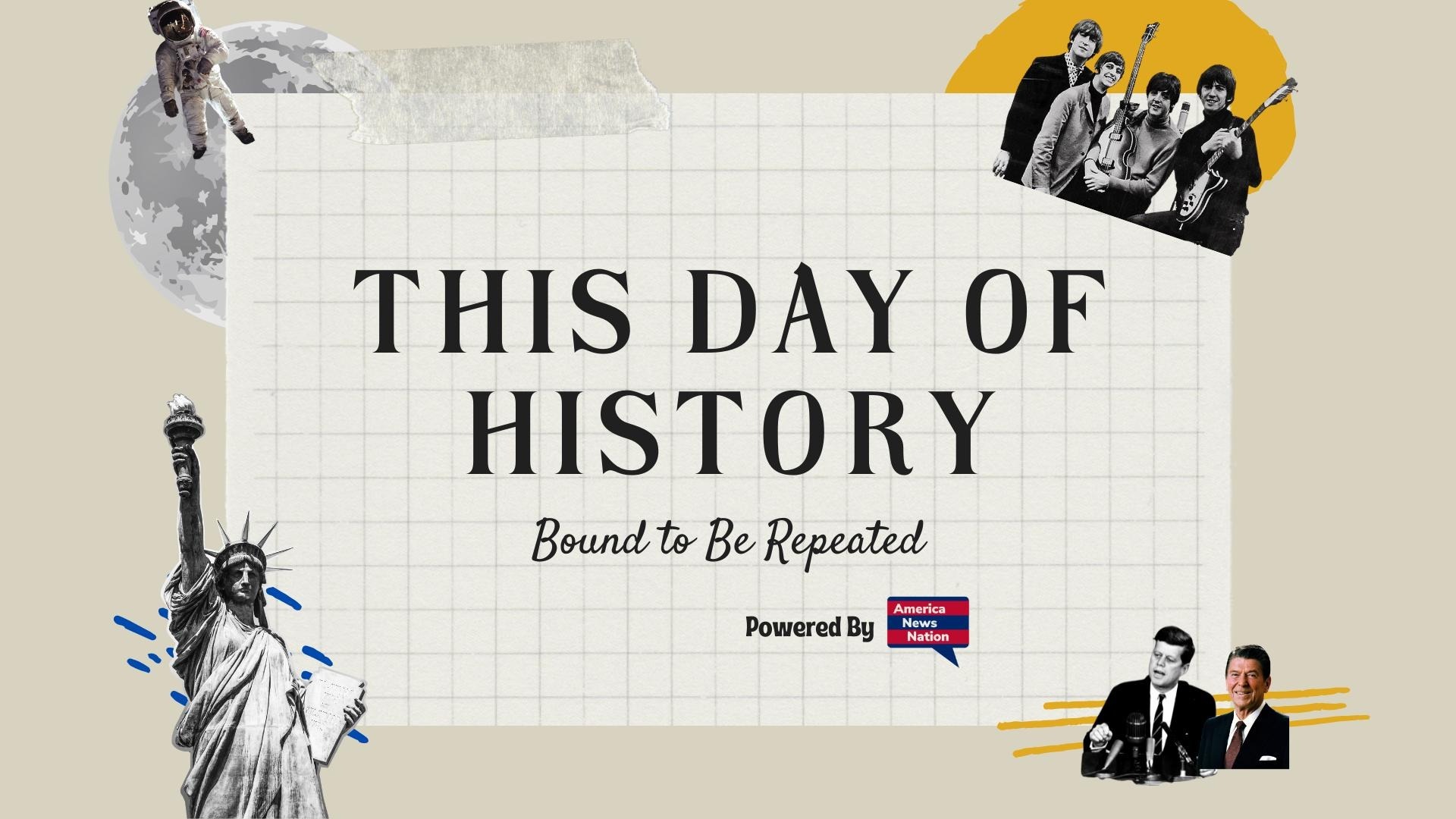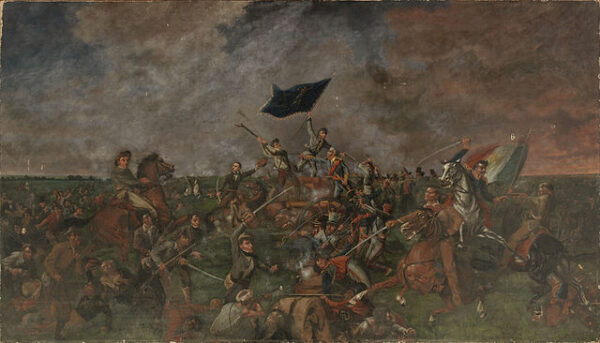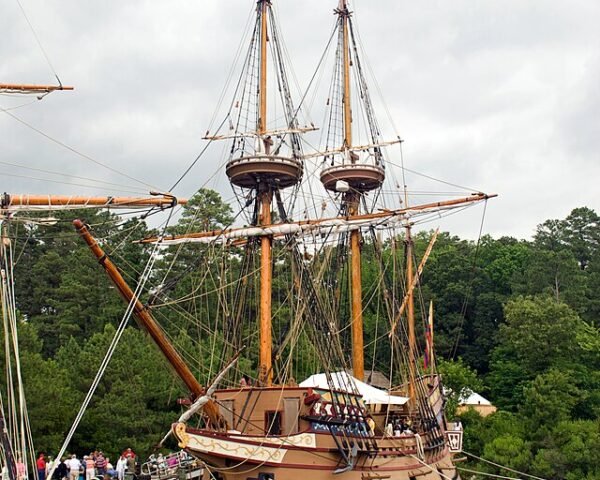In the waning light of April 21, 1836, a force of approximately 900 Texian soldiers led by General Sam Houston launched a surprise assault on a larger, more experienced Mexican army under General Antonio López de Santa Anna. The clash, known as the Battle of San Jacinto, lasted less than twenty minutes but decisively ended Mexico’s military campaign to retain control of Texas. More than a military engagement, it was a symbolic culmination of the Texas Revolution—a fierce struggle for independence driven by cultural conflict, political resistance, and a vision of self-rule.
The seeds of the conflict were sown in the early 1830s as Anglo-American settlers in the Mexican territory of Texas grew discontented with the centralizing tendencies of the Mexican government, particularly under Santa Anna, who had assumed dictatorial powers by dissolving the federalist constitution of 1824. Tensions escalated into open rebellion in 1835, as Texians—many of whom had immigrated from the United States—declared independence from Mexico and established the Republic of Texas.
By early 1836, Santa Anna personally led a brutal campaign into Texas to crush the revolt, culminating in infamous episodes such as the siege of the Alamo and the Goliad massacre. While these events galvanized Texian resistance, they also prompted panic and disarray. Houston, commander of the Texian army, adopted a strategy of strategic withdrawal, refusing to commit to battle while reinforcing and training his forces.
Santa Anna, emboldened by his earlier victories, grew overconfident. In pursuit of Houston, he split his forces—an error that would prove fatal. By April, Santa Anna had encamped near the banks of the San Jacinto River, east of present-day Houston, with about 1,300 troops. He did not anticipate a direct attack from Houston’s comparatively ragtag army, especially in daylight.
On the afternoon of April 21, after a brief reconnaissance, Houston gave the order to attack. Shielded by trees and tall grass, the Texians advanced with stealth. Around 4:30 p.m., they launched their assault, shouting, “Remember the Alamo! Remember Goliad!” as their battle cry. Mexican forces, caught off guard and napping—some literally in their tents—scrambled in confusion. Within minutes, the Texians had overrun the camp.
The battle was astonishingly lopsided. Roughly 600 Mexican soldiers were killed, and over 700 were captured, including Santa Anna himself, who was found the next day disguised in the uniform of a private. Texian casualties were minimal, with only nine killed and around 30 wounded. Among the injured was General Houston, whose ankle was shattered by a musket ball.
Santa Anna, now a prisoner, was compelled to order a ceasefire and recognize Texian independence. Although the Mexican government would later repudiate the agreement, Santa Anna’s defeat effectively ended any serious attempt to reclaim Texas. Within months, the Republic of Texas would be formally established, with Sam Houston elected its first president.
The Battle of San Jacinto was a triumph of morale and strategy. Houston’s patience and restraint allowed him to strike when conditions were most favorable. Meanwhile, Santa Anna’s hubris and failure to maintain discipline among his scattered troops invited disaster.
The consequences of the battle rippled beyond Texas. It affirmed the power of American-style republicanism and expansionist sentiment in the region. Though the United States did not immediately annex Texas, the victory at San Jacinto laid the groundwork for eventual statehood in 1845—an act that would help trigger the Mexican-American War.
Today, the battlefield remains a potent symbol of Texan identity. The towering San Jacinto Monument commemorates the clash that secured Texas’s short-lived independence and altered the geopolitical landscape of North America. The Battle of San Jacinto decisively shifted the balance of power and remains one of the most dramatic—and consequential—military upsets in American history.






